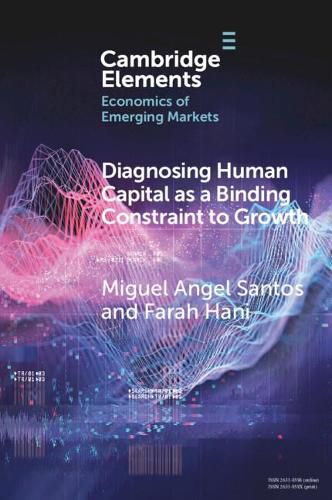Readings Newsletter
Become a Readings Member to make your shopping experience even easier.
Sign in or sign up for free!
You’re not far away from qualifying for FREE standard shipping within Australia
You’ve qualified for FREE standard shipping within Australia
The cart is loading…






The empirical literature on the contributions of human capital investments to economic growth shows mixed results. While evidence from OECD countries demonstrates that human capital accumulation is associated with growth accelerations, the substantial efforts of developing countries to improve access to and quality of education, as a means for skill accumulation, did not translate into higher income per capita. In this Element, we propose a framework, building on the principles of ‘growth diagnostics’, to enable practitioners to determine whether human capital investments are a priority for a country’s growth strategy. We then discuss and exemplify different tests to diagnose human capital in a place, drawing on the Harvard Growth Lab’s experience in different development context, and discuss various policy options to address skill shortages.
$9.00 standard shipping within Australia
FREE standard shipping within Australia for orders over $100.00
Express & International shipping calculated at checkout
The empirical literature on the contributions of human capital investments to economic growth shows mixed results. While evidence from OECD countries demonstrates that human capital accumulation is associated with growth accelerations, the substantial efforts of developing countries to improve access to and quality of education, as a means for skill accumulation, did not translate into higher income per capita. In this Element, we propose a framework, building on the principles of ‘growth diagnostics’, to enable practitioners to determine whether human capital investments are a priority for a country’s growth strategy. We then discuss and exemplify different tests to diagnose human capital in a place, drawing on the Harvard Growth Lab’s experience in different development context, and discuss various policy options to address skill shortages.